At an event held in Siem Reap titled “High -Level Dialogue on de-ming attended by government ministers, ambassadors and the private sector de-mining in Cambodia and whether a mine free Cambodia by 2025 could be reached were discussed. It would appear though that things are not that simple.
To read about Prey Veng becoming second province in Cambodia to be de-mined click here.
How are why are there so many landmines in Cambodia?
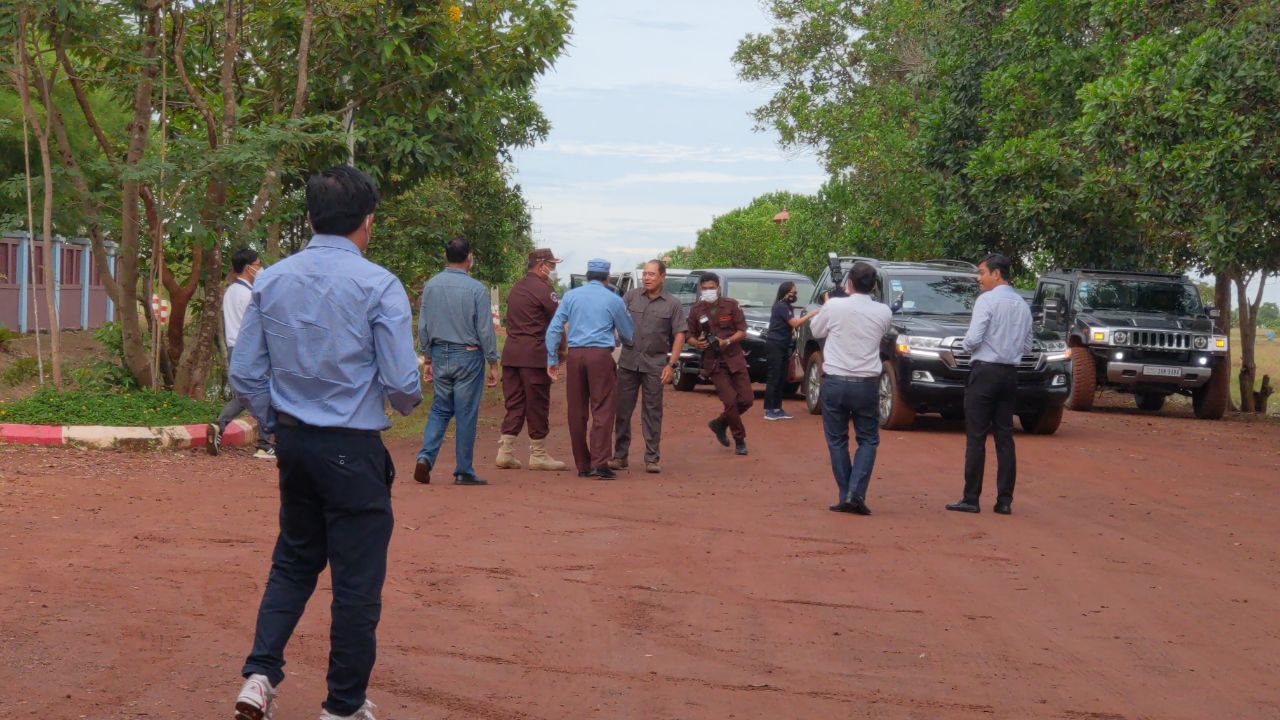
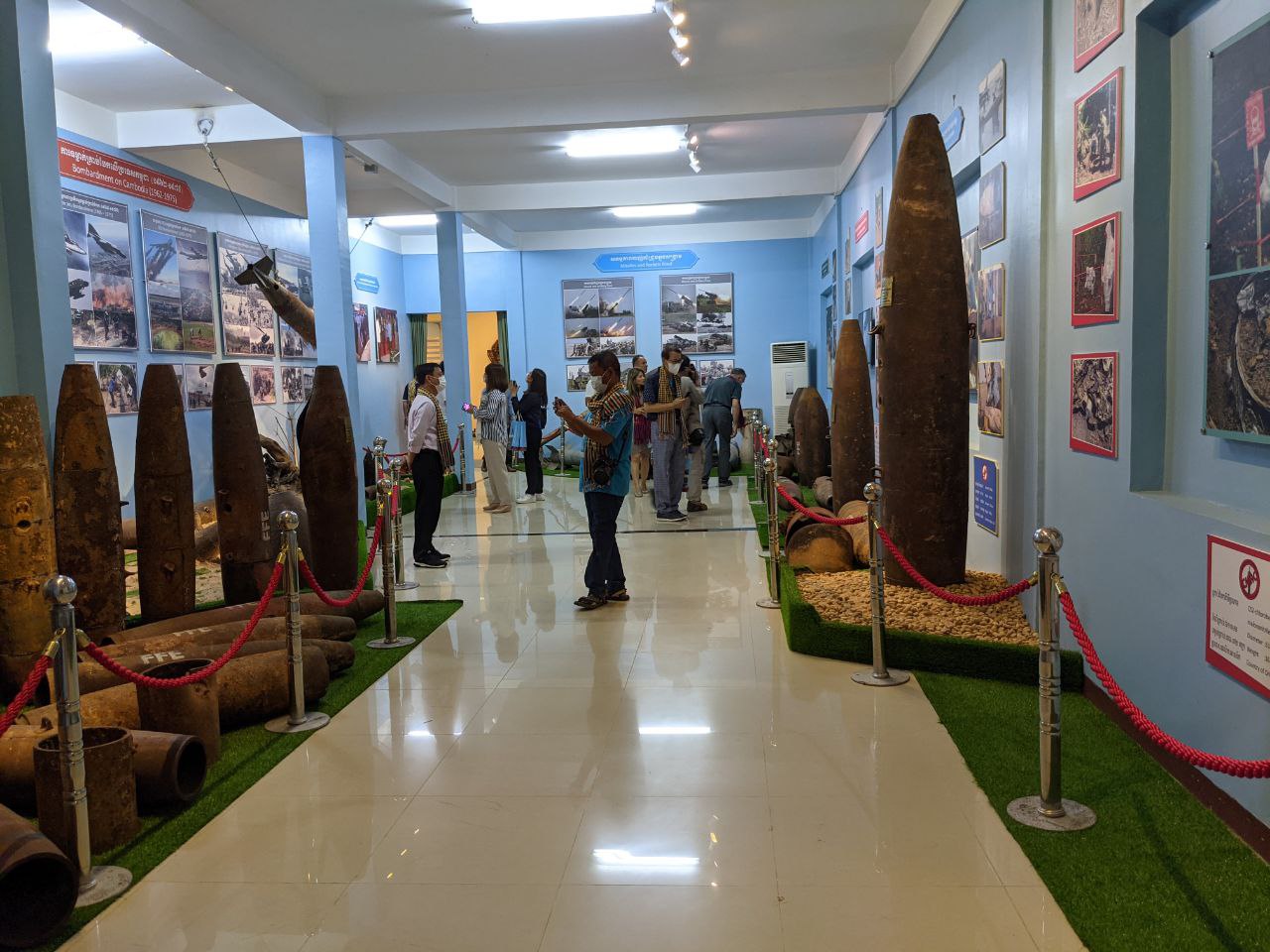
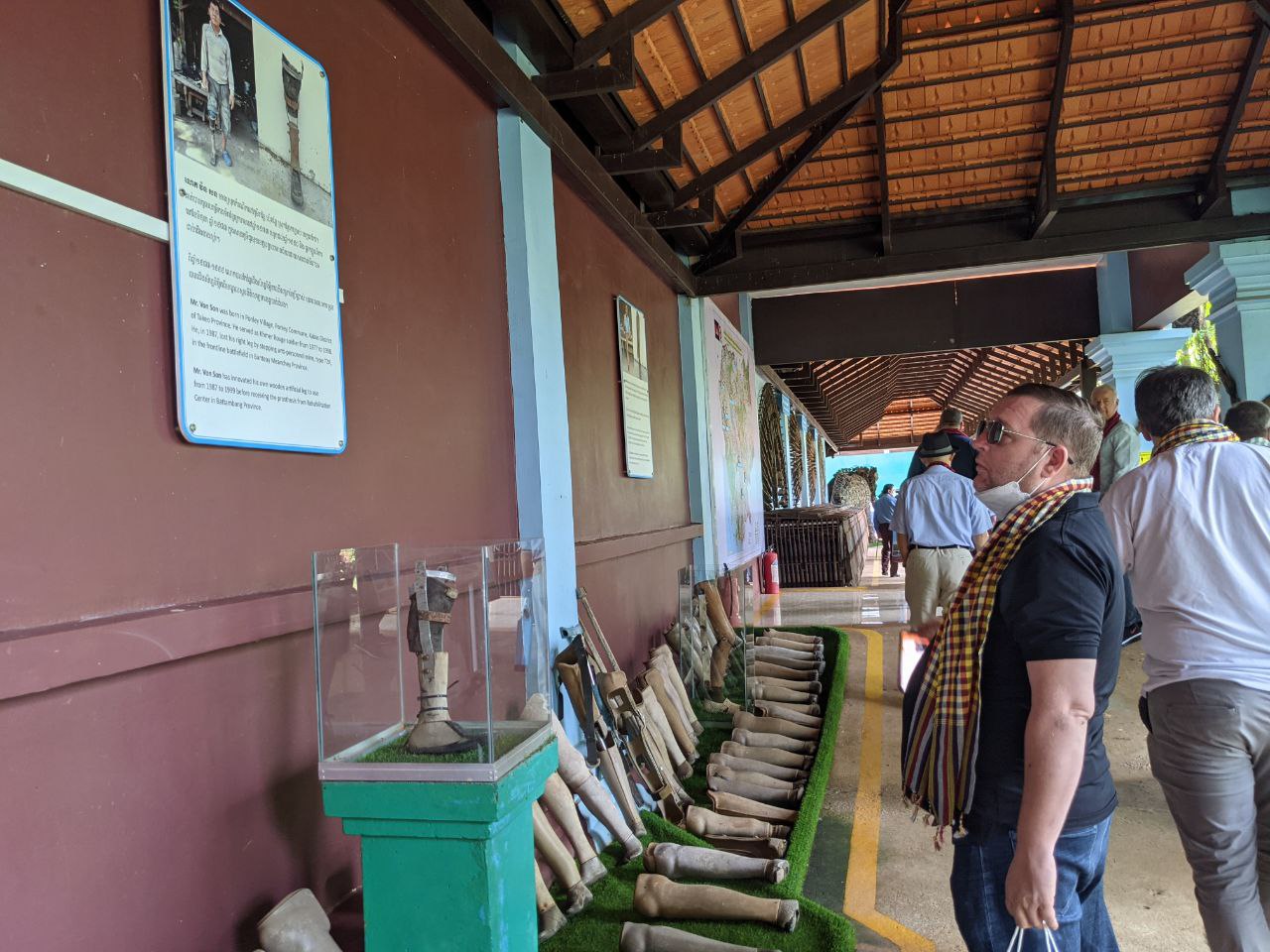
Cambodia and Laos, two of the most bombed countries on earth are often called the “forgotten”, or “secret wars”. Less cool, or movie worthy than their Vietnamese neighbour the affect has been as bad if not worse than than in their bigger neighbour.
When it comes to Cambodia in particular they really suffered, being bombed to smithereens by the Americans during the Vietnam War, or as the Vietnamese call it the American War in Vietnam. Therefore when we talk about landmines in Cambodia we should also remember that it also includes unexploded ordinance, mostly from American bombers.
It is though anti-personal and anti-tank mines that are still the most dangerous and kill the most amount of people and for this we have the Khmer Rouge to blame.
The Khmer Rouge not known for their humanity were firm fans of landmines and used them in particularly sick ways. Known as the “silent soldier” their aims were fairly simple, injure a person so that he could no longer fight, or had list a limb and you would take up resources with people having to look after them. Anti-personal land mines are built to disable people, not kill them in order to take resources away from your enemy.
Earlier this year 3 de-miners in Cambodia died after 4 anti-personnel mines had been stacked on top of each other. Forty years on from the fall of Democratic Kampuchea their legacy looms large.
An yet while man mines have been cleared it is the border areas with Thailand that are still the most affected, both because Pol Pot and the Khmer Rouge held out here until 1998 and because of territorial disputes between the two Kingdoms.
To read about the last Khmer Rouge state click here
As recently as 2011 there was a mini-war between Cambodia and Thailand in Preah Vihear province.
To read about the 2011 conflict between Thailand and Cambodia click here
De-mining in Cambodia – How much has been achieved?
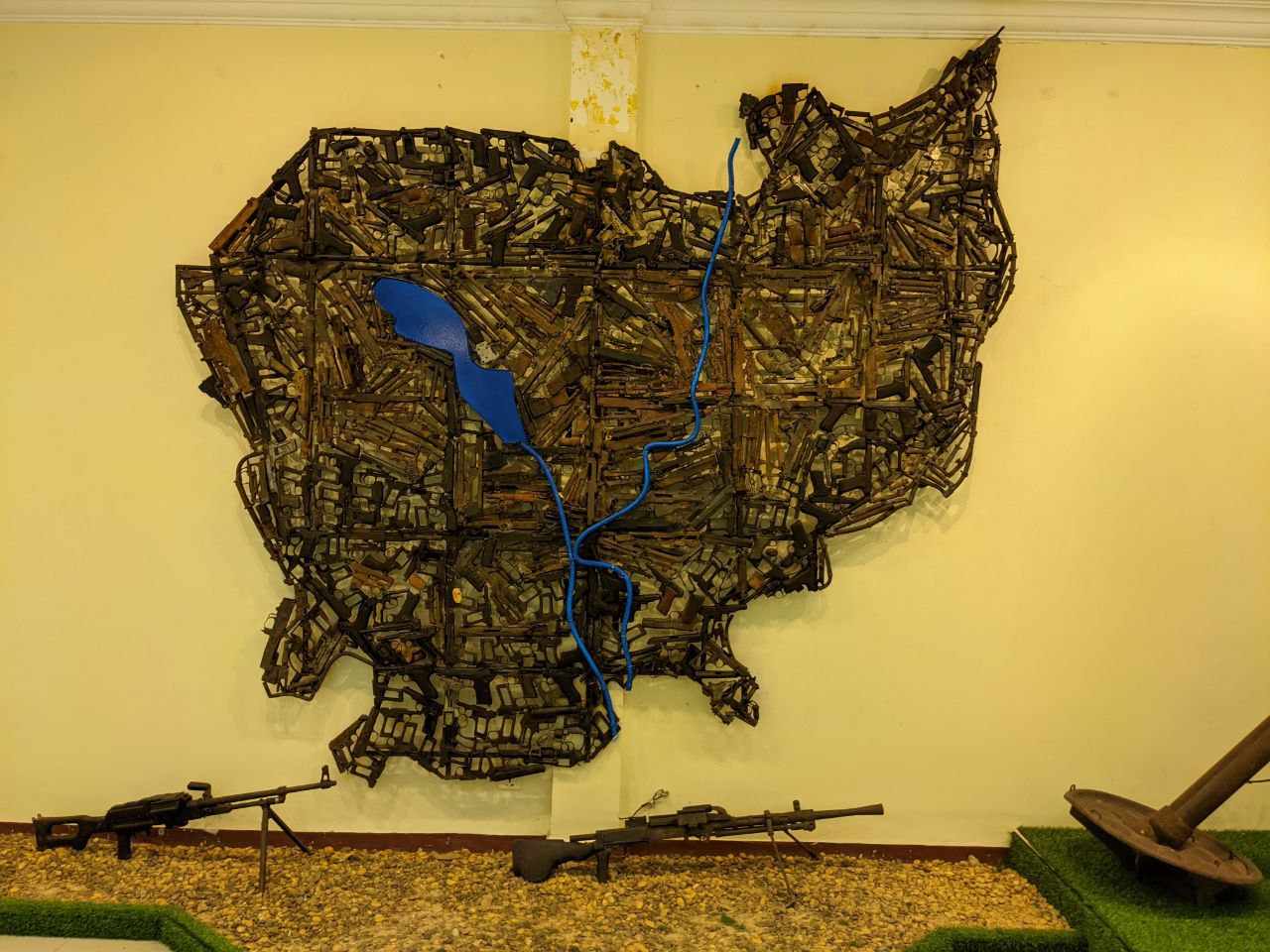
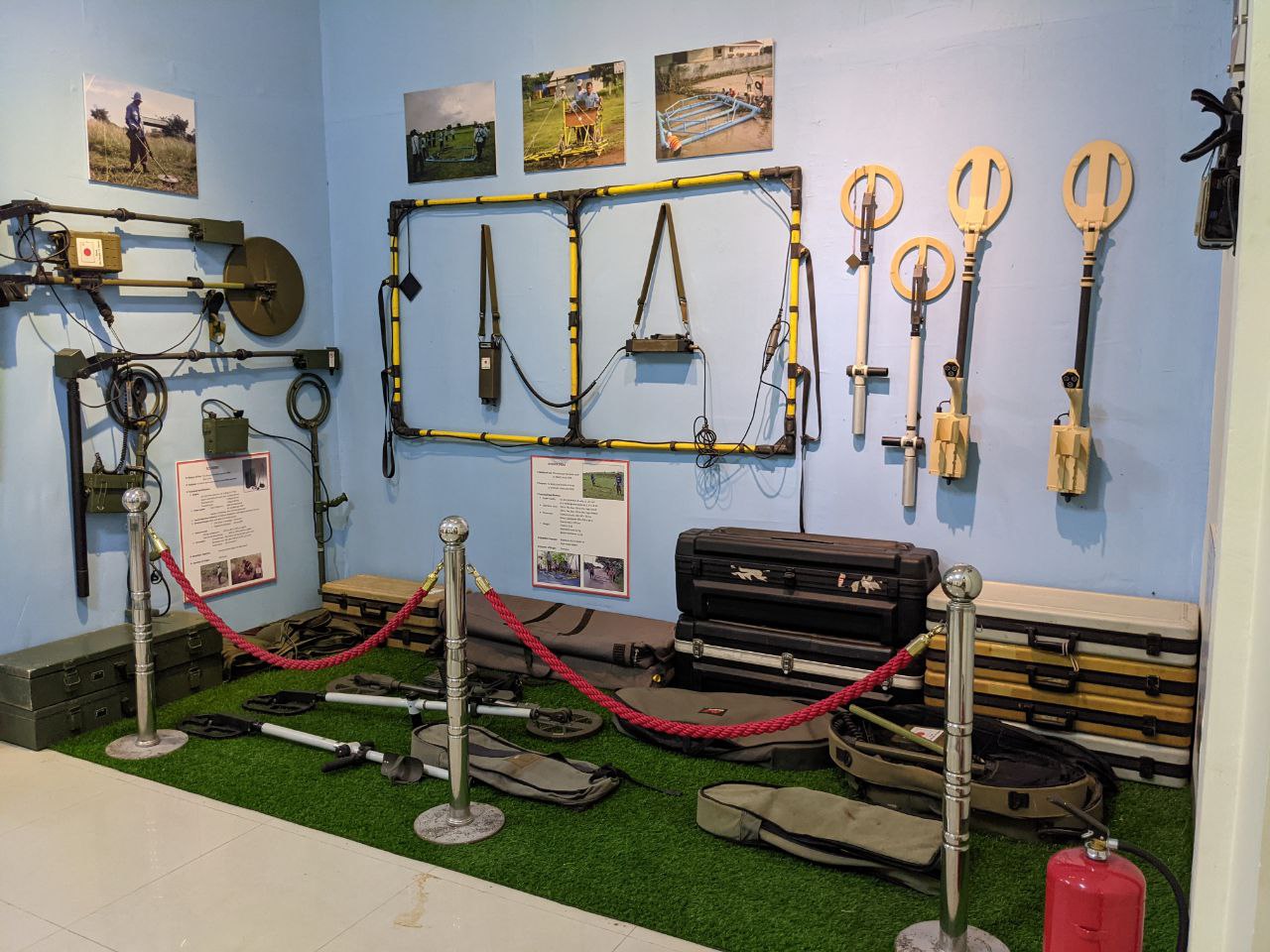
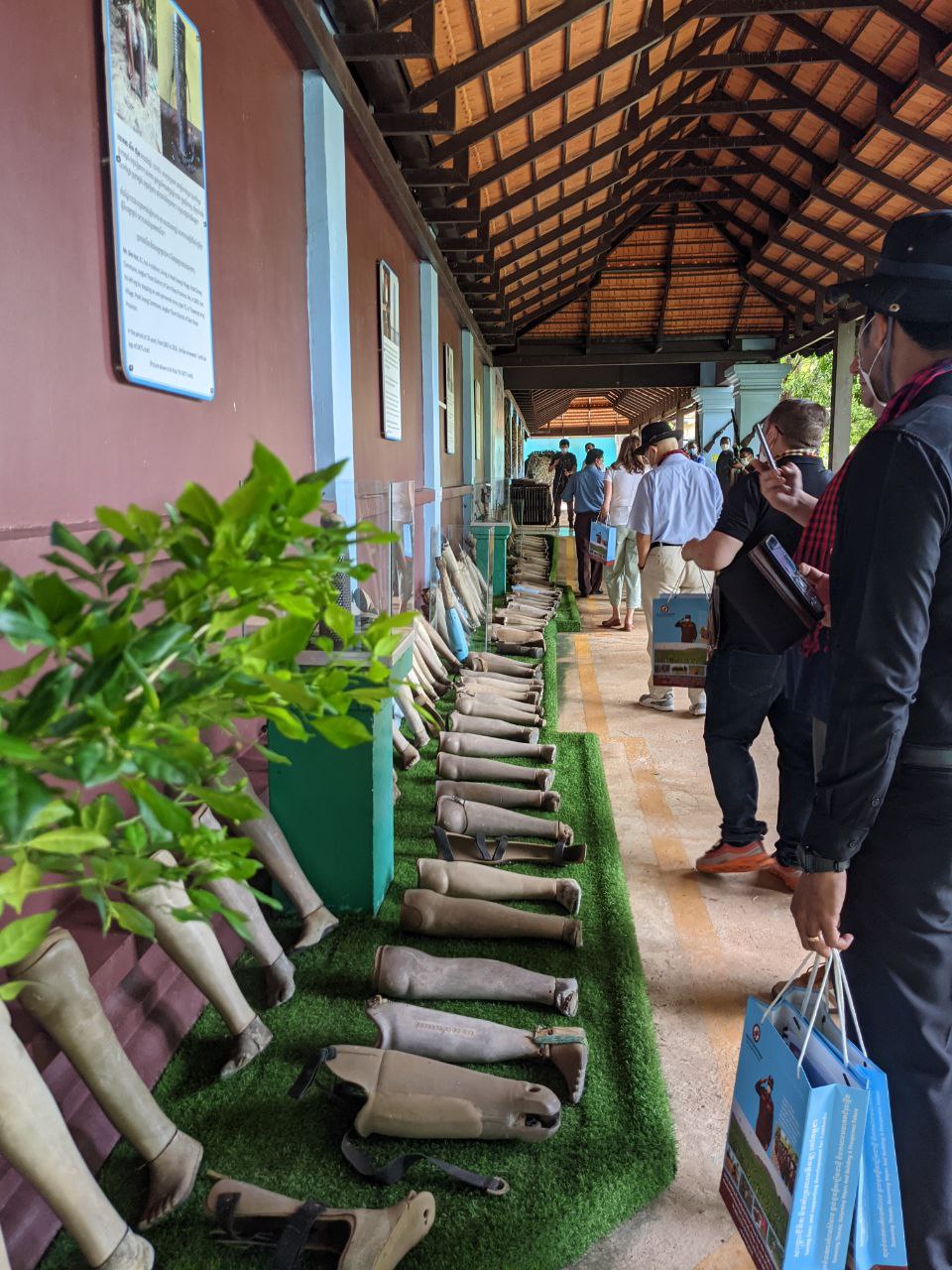
Since (30 years ago) roughly 2,379 square kilometres of land has been cleared and declared mine-free, on said land over 1.1 million antipersonnel mines, more than 26,000 anti-tank mines, and almost 3 million unexploded ordinance were found and destroyed, thus creating the open and relatively safe Cambodia that we have today.
For context there were over 4500 casualties due to unexploded ordinance and landmines in 1996, which dropped to 44 in 2011, great results, but as H.E. Ly Thuch, Senior Minister and First Vice-President of the Cambodian Mine Action and Victim Assistance Authority (CMAA) even one is one too many.
De-Mining in Cambodia how much is left?
There were though still about 2,000 square kilometres of land still to be cleared as of April 2022, which Cambodia is legally obliged to clear as a State Party to the Anti-Personnel Mine Ban Convention (APMBC) and it should be done by 2025.
Any mathematicians though might have noticed that while 2,379 square kilometres have been cleared in 30 years, there is now 2,000 to clear in 3 years. Not great odds, and something both the local and international community recognise as not being all that feasible. Still, so long as progress is made then it can always be looked at as a success.
Still as the Vietnamese ambassador put it “The American War in in Indochina and the mess it has left cannot be fixed in three years and Vietnam, Laos and Cambodia should work together on not just this, but decontamination”.
The US used chemical weapons in Vietnam, as well as allegedly doing so in Cambodia which has sparked fears of contaminated water and the like.
Therefore while the 2025 deadline might just be a number, this is in reality a fight that might take centuries to clear.
De-mining in Cambodia – who is doing it?
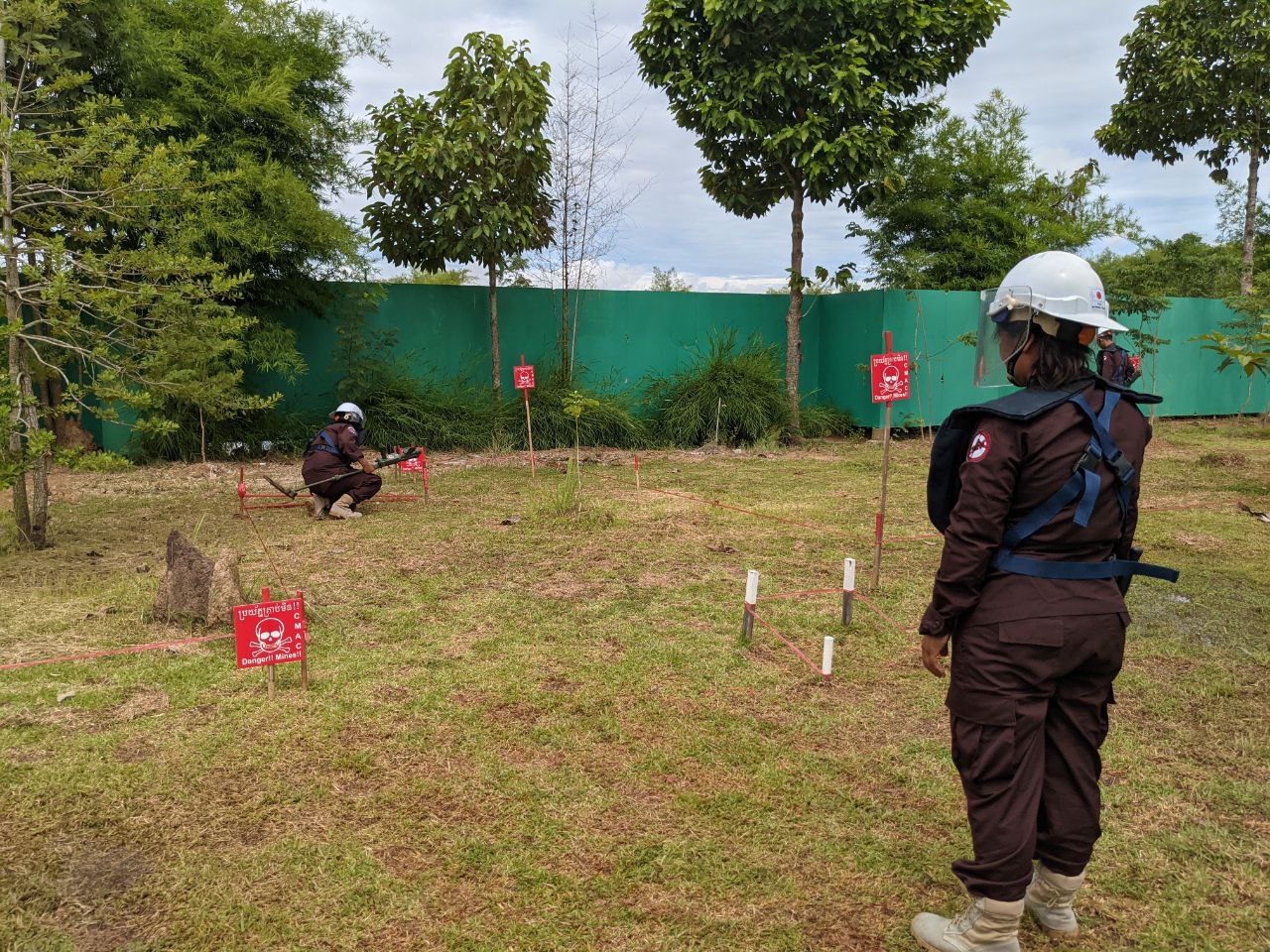
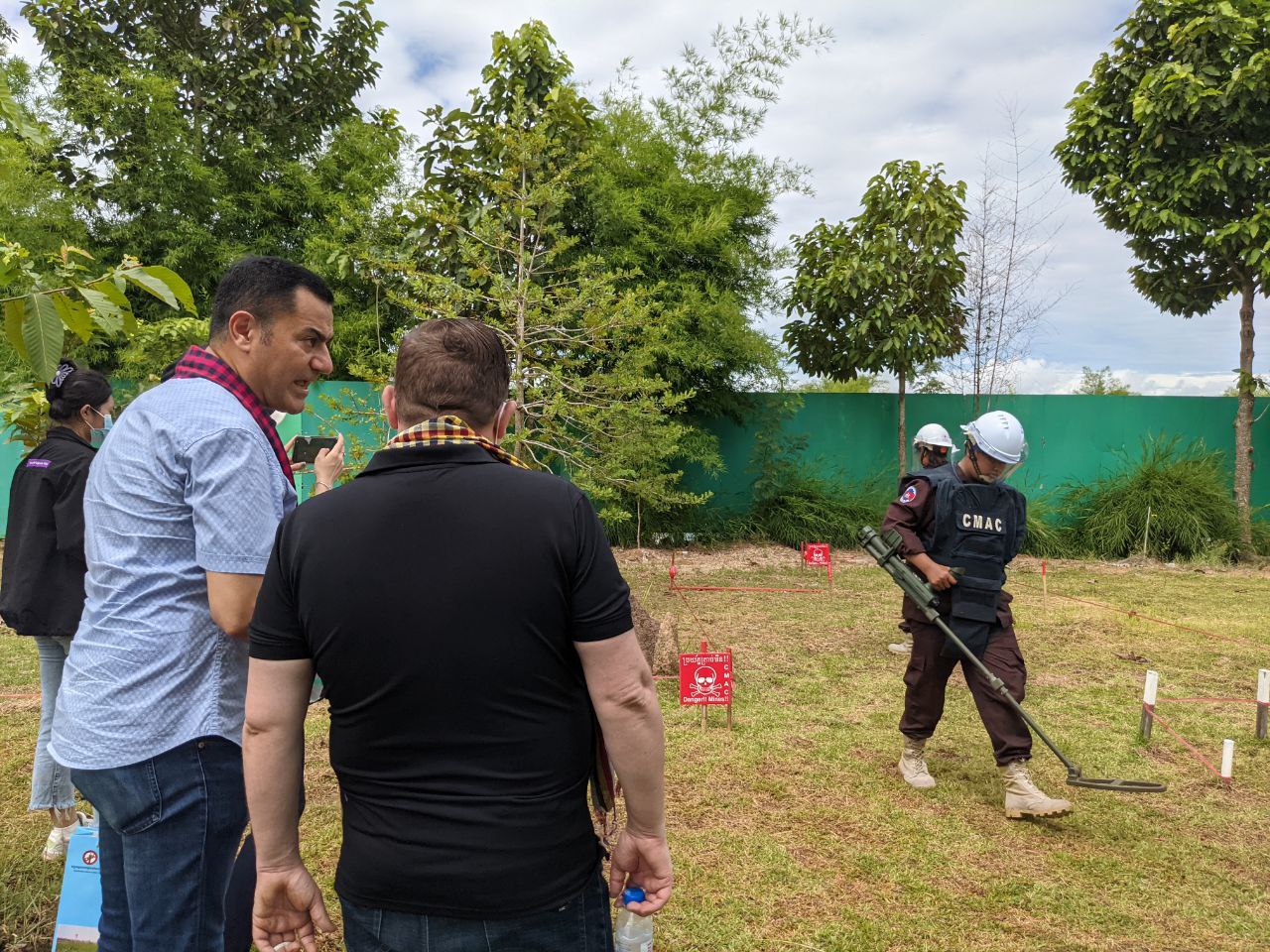
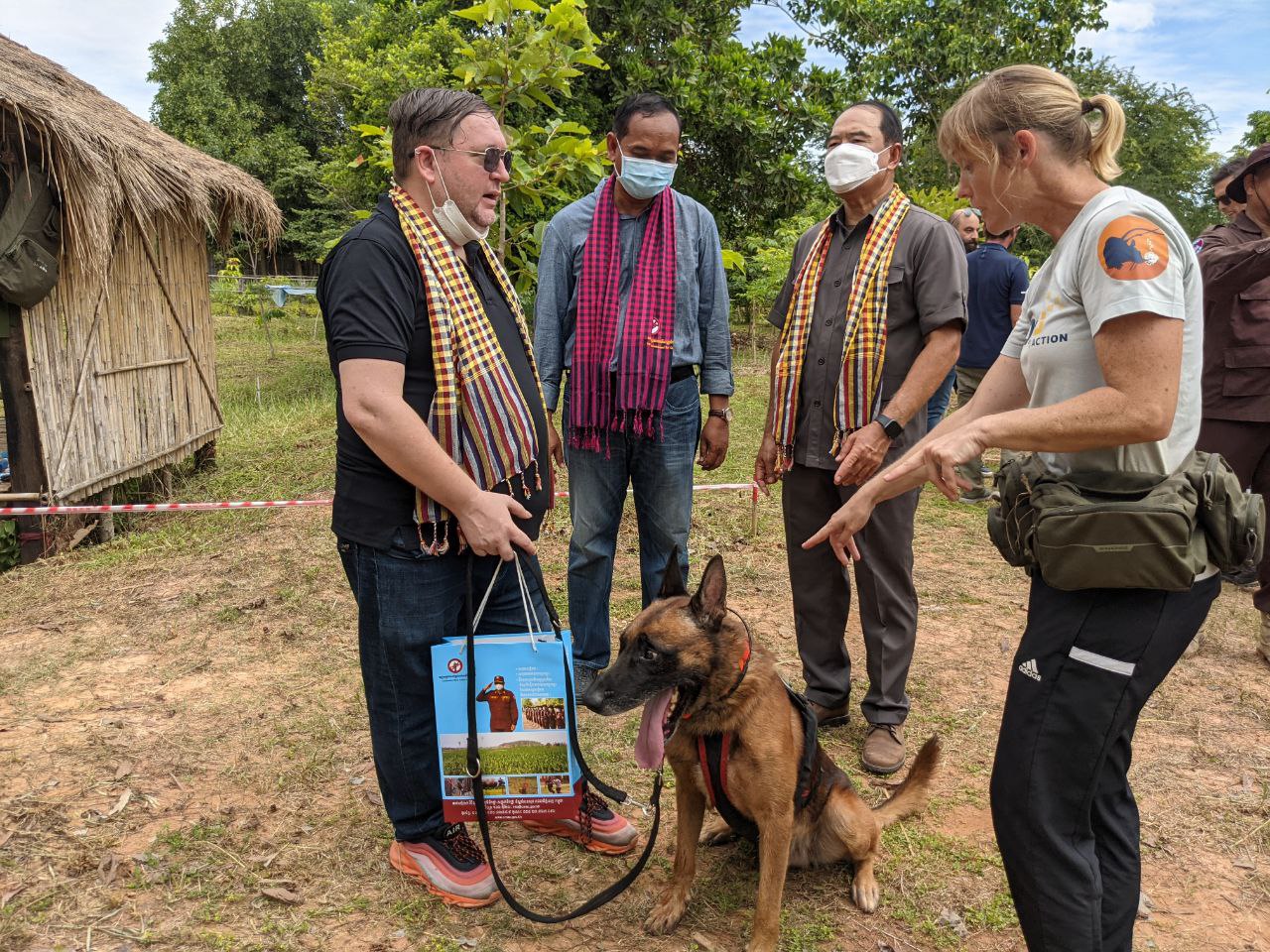
The president of the the Cambodian Mine Action and Victim Assistance Authority (CMAA) id Prime-Minister of Cambodia Hun Sen, the longest standing head of government in the world. It is though run on a day to day basis by the First Vice-President H.E. Ly Thuch. This government group oversees the de-mining efforts within Cambodia, rather than de-mining itself, like a command centre if you will.
The actual de-ming is done by NGO’s, the Cambodian Military, but most importantly the Cambodian Mine Action Centre, or CMAC.
Who are CMAC?
The staff of the Cambodian Mine Action Centre (CMAC) are frankly some of the bravest people in Cambodia, risking their lives daily for a salary of $500-600 per month, which it was also noted comes without a pension.
Many have died over the years inclusive of three just this year, with the well-being of them and their families being hotly disputed issue, particularly with regards to pensions.
They are though aided by both dogs and rate trained to sniff out mines, which in itself is a site to be seen. The CMAC Museum truly is one of the most interesting places in Cambodia and one we visit on our tours.
To check out our Dark Tourism tour click here.
How can Cambodia finish de-mining?
In the good old Soviet days this would be a simple thing (in theory), you mobile the state and the people and simply get the job done, yet Cambodia is no longer a socialist state and things like this cost money.
This has meant Cambodia relying on mostly charities, aid, Foreign Direct Investment (FDI) and the NGO sector, yet the problem with this is that, well theres so much damned war out there. Alongside Cambodia as being the most mined countries are more contemporary conflicts such as Afghanistan and Iraq, while war has raged for over 10 years in Yemen.
To read our guide to Socotra click here.
And of course now we have the carnage that is taking place in Ukraine, a country that will severely need money aid and well, to be rebuilt. This creates donor fatigue and sadly in a world already hurting a lot also means there really isn’t all that much money to go around.
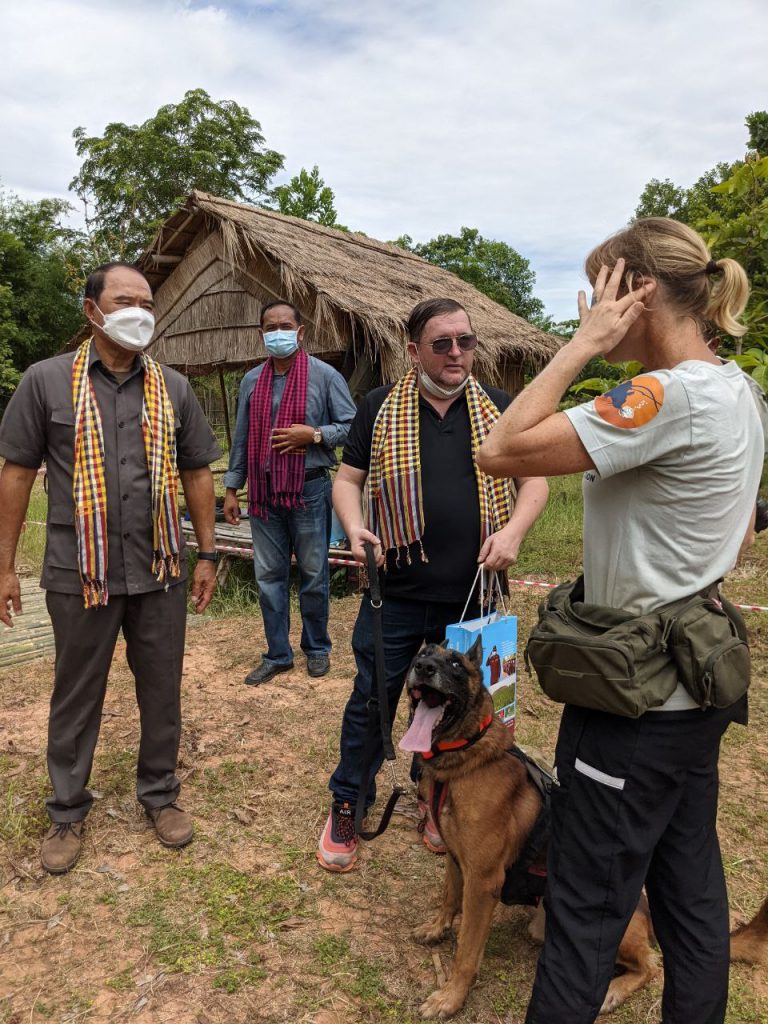
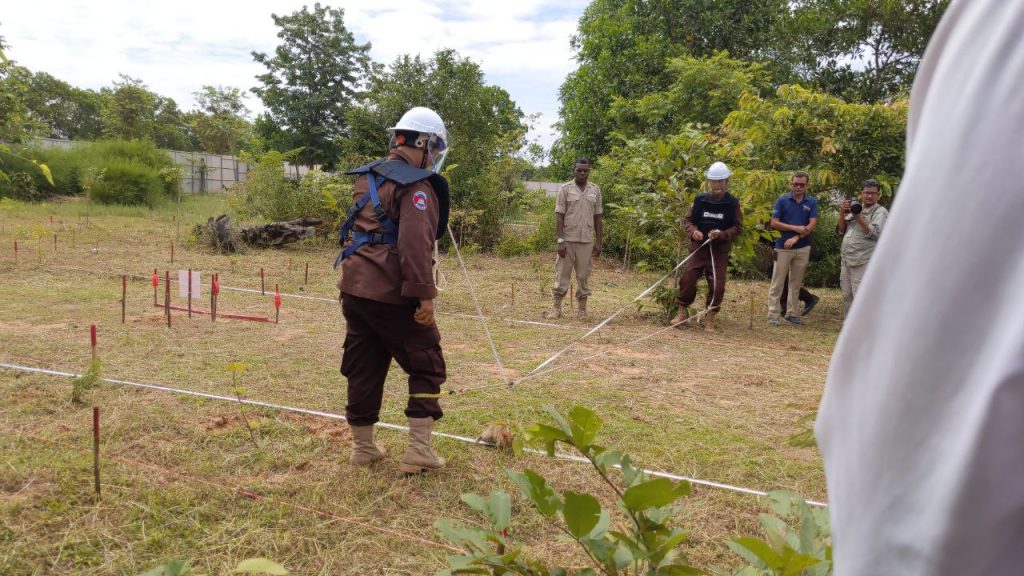
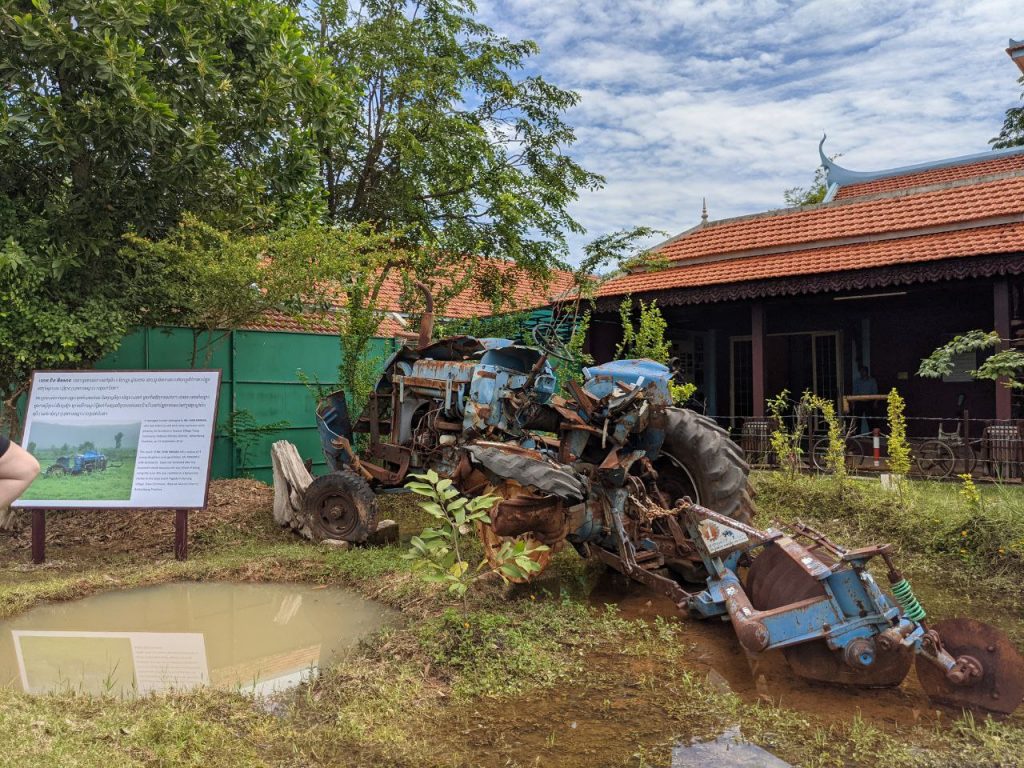
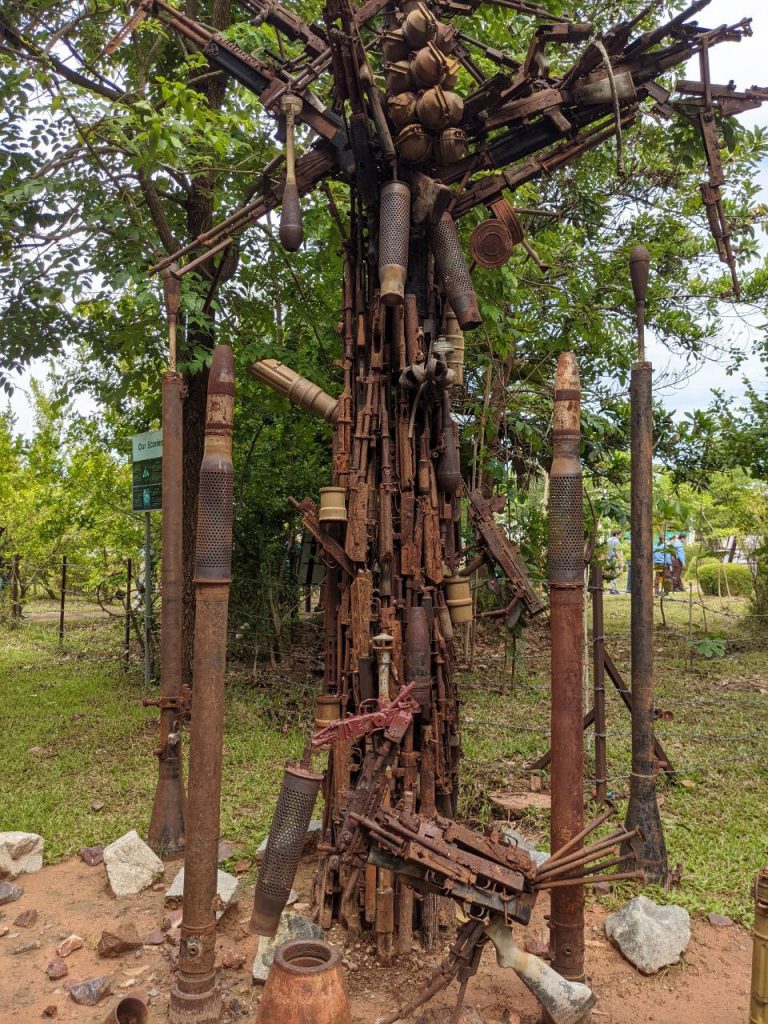
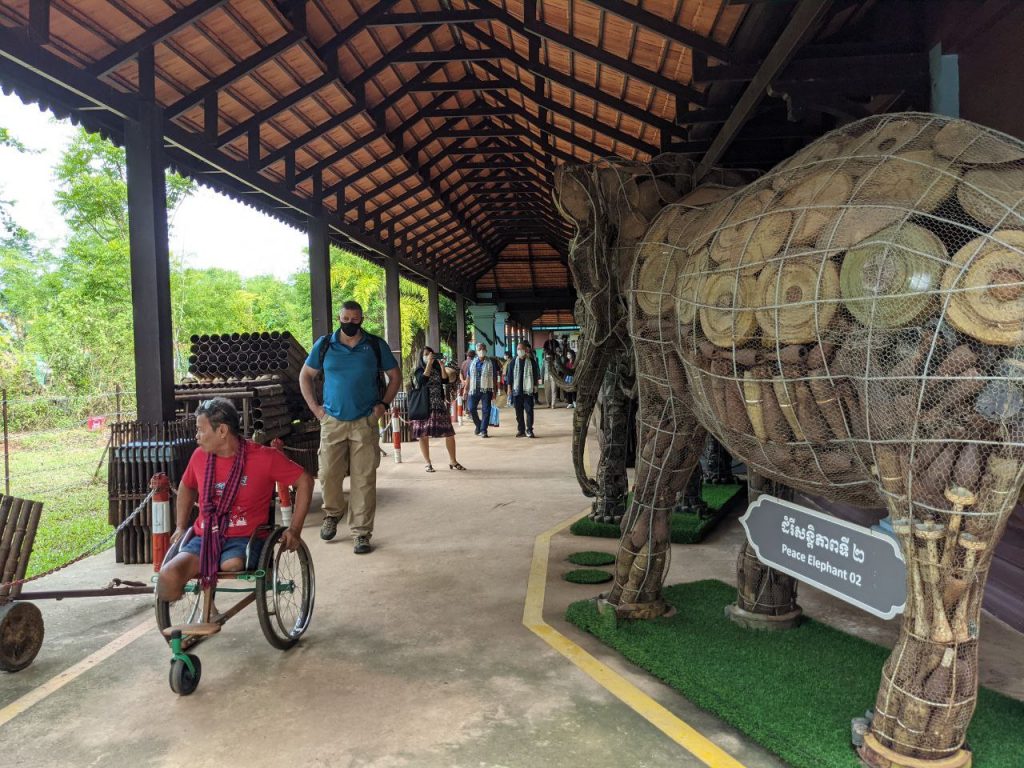
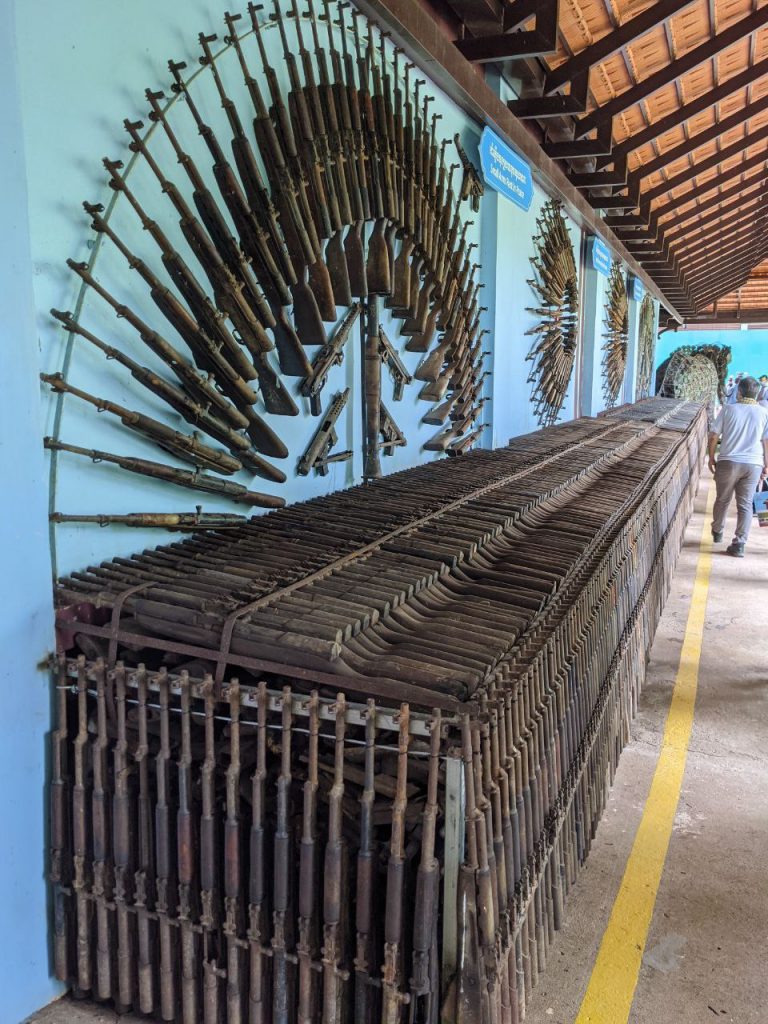
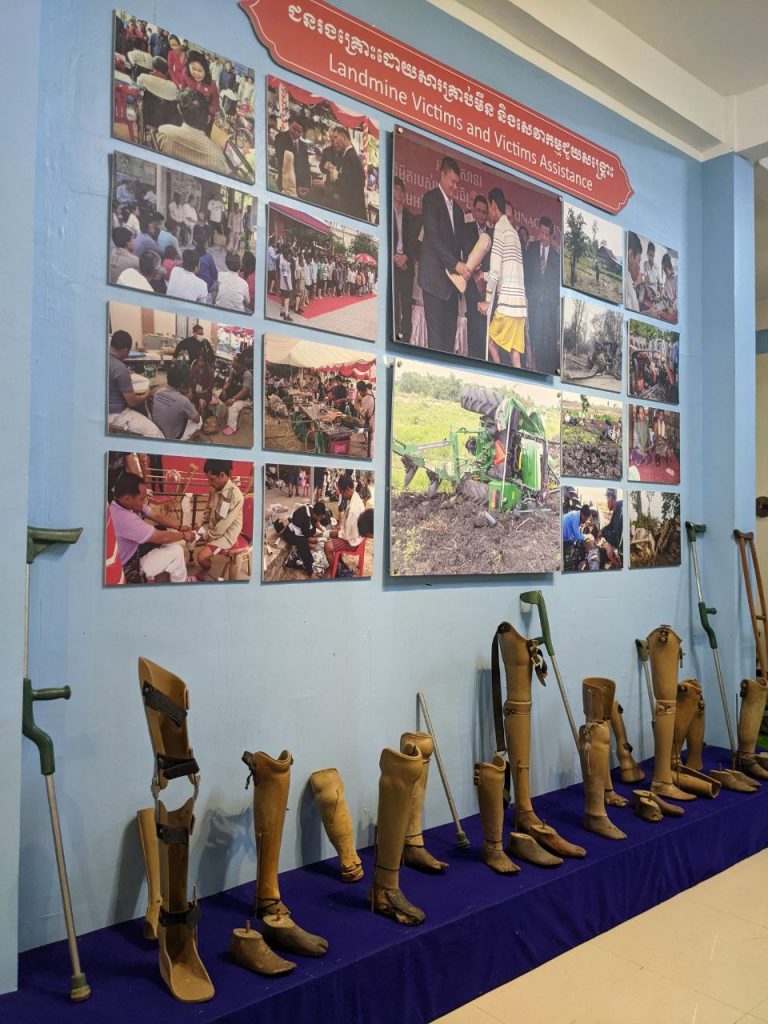
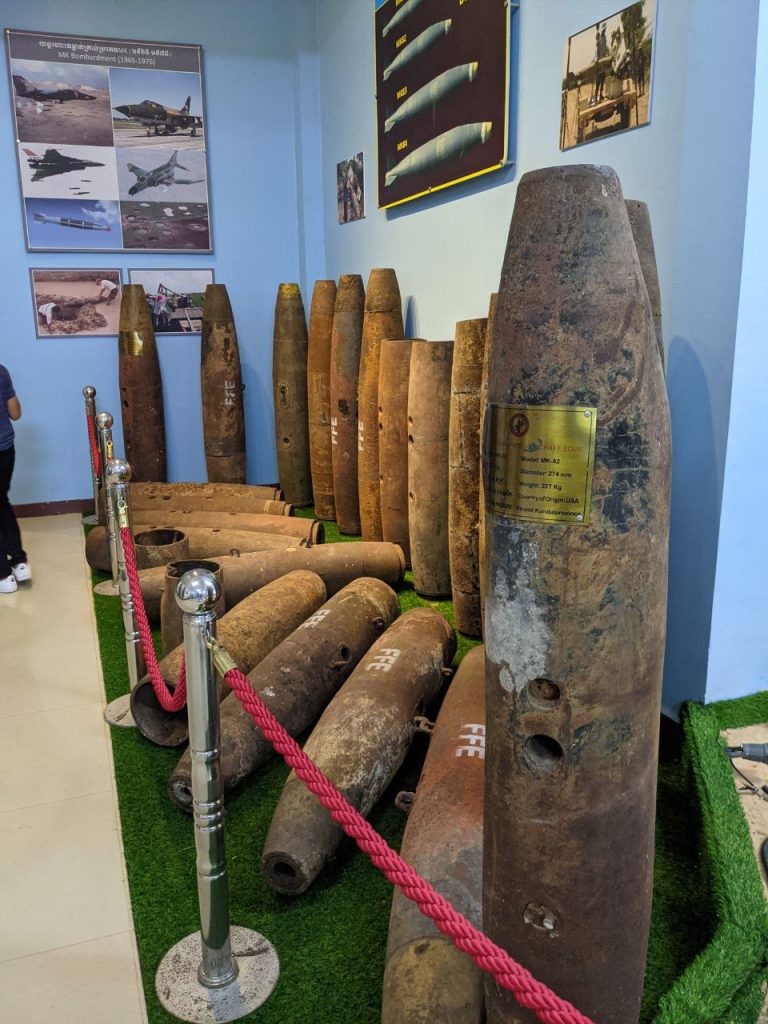
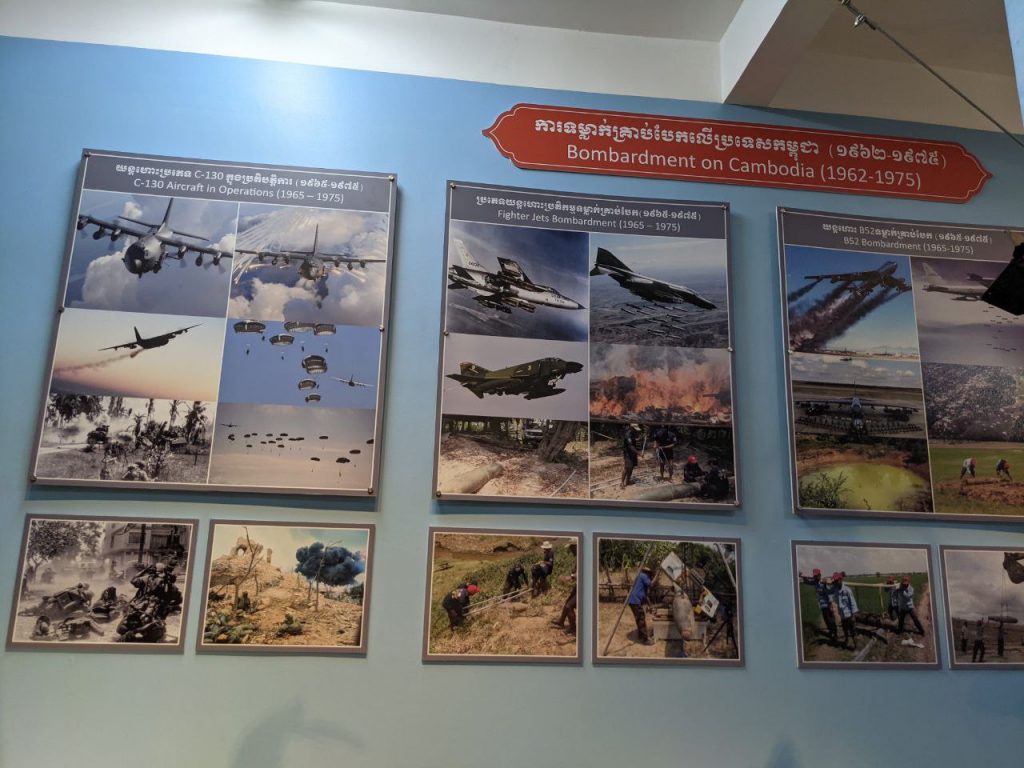
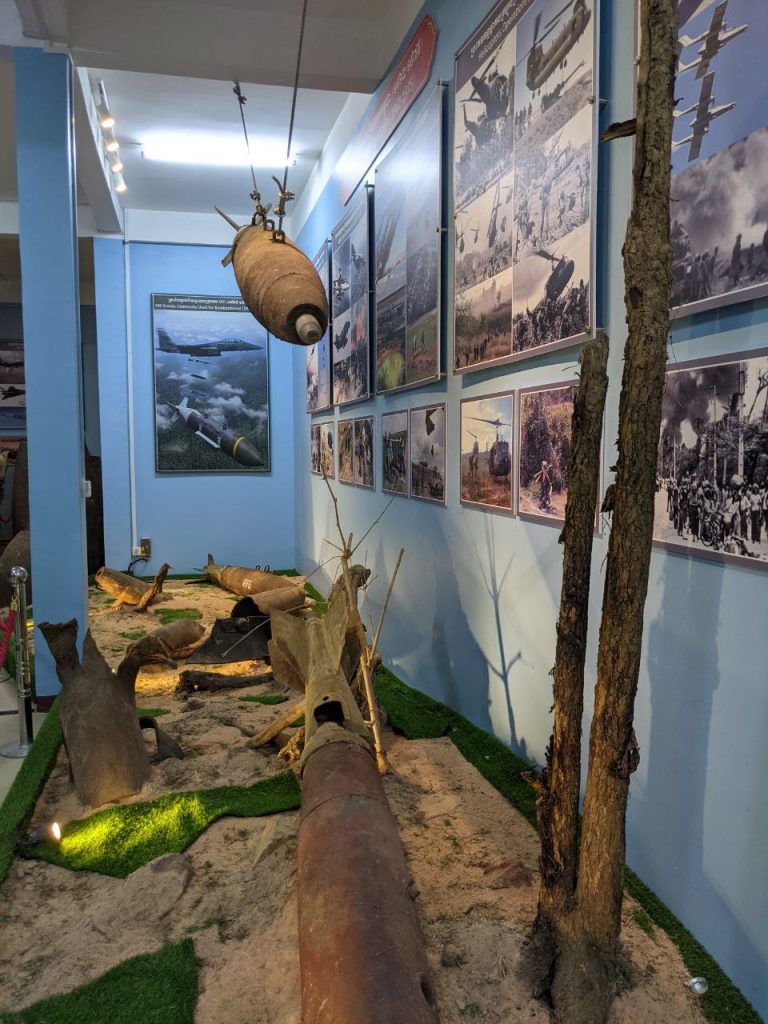
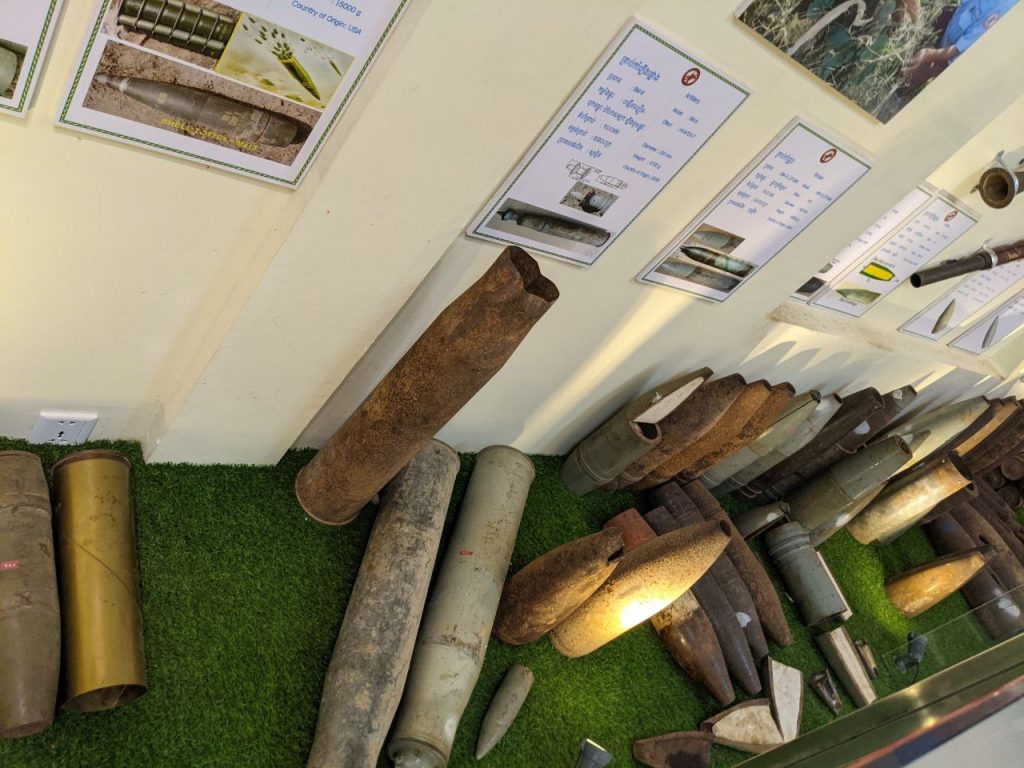
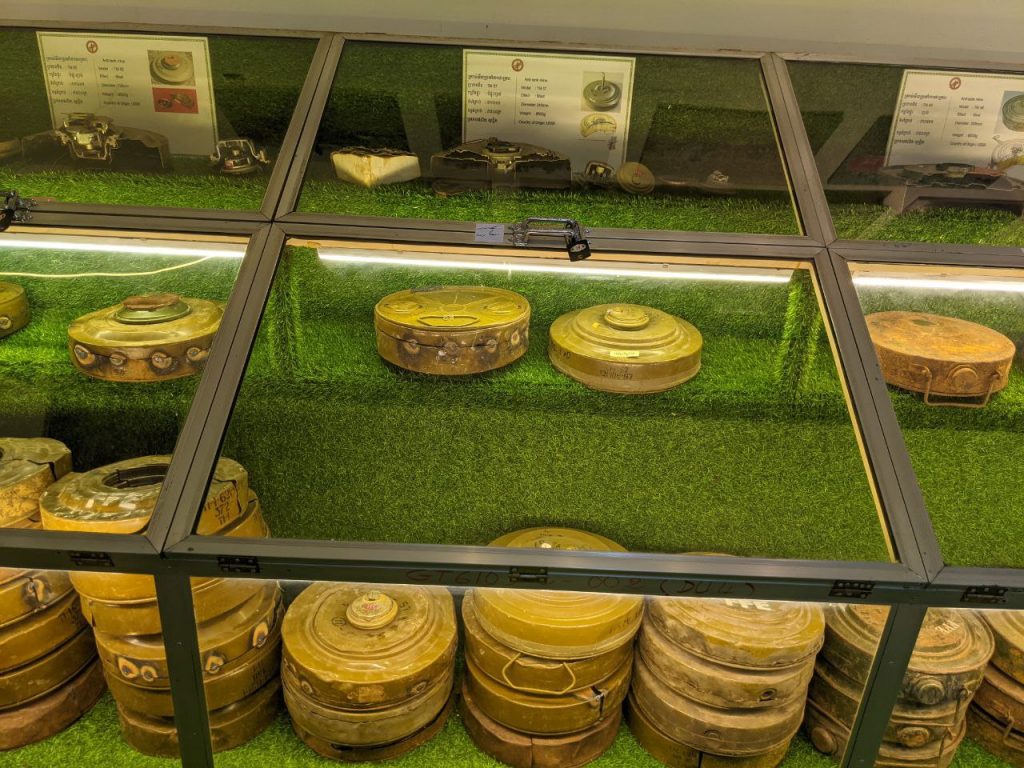
De-mining in Cambodia private sector to the rescue?
So, with donor fatigue being what it is the talk is of the private sector coming to the rescue, alas while a nice thought making this is harder than it looks. Of course companies are encouraged to donate, but the reality is to get money from private companies you need to incentivise them – as in make a profit.
On this point the UK had a few interesting suggestions, although these largely amounted to selling land to the highest bidder, or other more capitalistic avenues. Can you privatise de-mining in Cambodia? It will be interesting to see what the next few years have in store.





